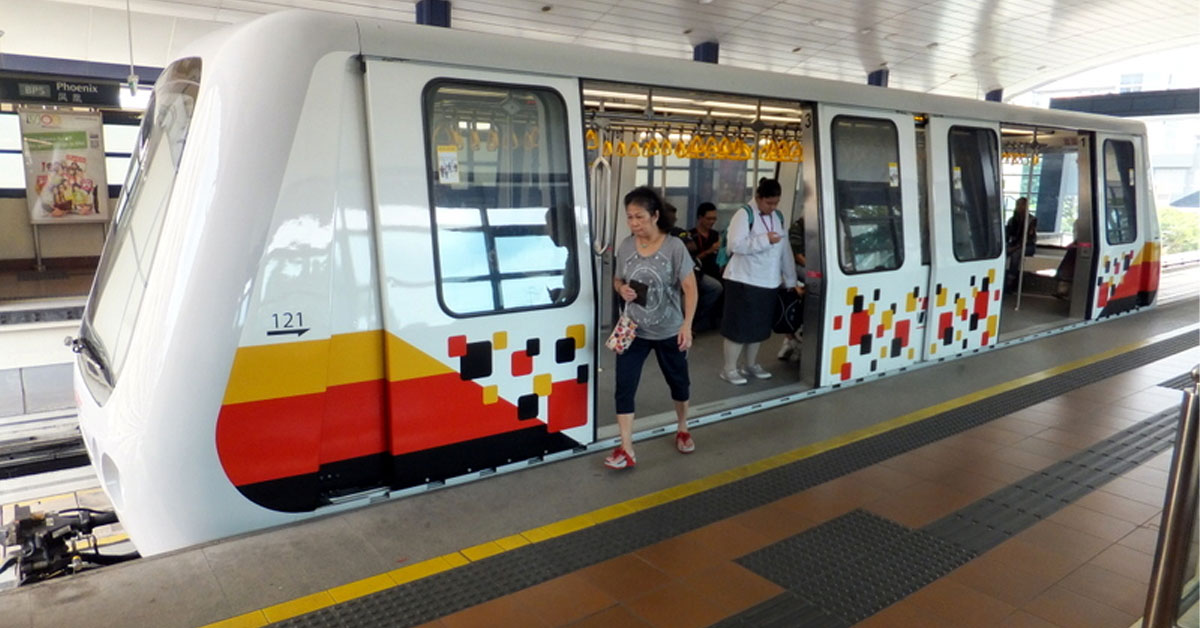Rising Calorie Consumption Among Singapore Residents
Singaporeans love to eat.
You can see it through the plethora of food establishments scattered across the nation, in shopping malls, or conveniently located near our residential blocks.
Food is more than just a necessity here; it’s a national pastime.
Seriously, think about it – whenever we plan to meet up with friends, it somehow always involves food.
Hence, it is no surprise that a recent study has shed light on a trend: Singapore residents consume more calories than they did in the previous year, from a mean average of 2,360kcal in 2019 to 2,410kcal in 2022.
The study showed that 61% of individuals exceeded their daily recommended calorie intake after factoring in the energy they burn through physical activity.
These insights were derived from the Ministry of Health’s (MOH) National Population Health Survey (NPHS) for the year 2022 and the Health Promotion Board’s (HPB) National Nutrition Survey (NNS) conducted in the same year.
The NPHS is a vital resource for tracking the health, risk factors, and lifestyle choices of Singapore residents aged 18 to 74 from July 2021 to June 2022.
Meanwhile, the NNS diligently observes the dietary habits and nutritional status of Singapore residents aged 18 to 69 from December 2021 to August 2022.
Singapore Residents Consume More Sodium, Less Sugar
Besides calorie intake, the study revealed that Singapore residents consume more sodium.
Nine in 10 Singapore residents exceed the recommended sodium intake of less than 2,000mg, roughly equivalent to just one teaspoon of salt.
What’s the sodium intake like?
The data showed that daily sodium intake has climbed from 3,480mg in 2019 to 3,620mg in 2022. This increase can be attributed to the liberal use of salt and sauces added to home-cooked meals and dining out.
Remember when your parents always advised you not to eat so much Maggi Mee, as it contains a high amount of MSG (monosodium glutamate)?
Well, check out this video which debunks this myth:
Meanwhile, some positive changes in our sugar consumption patterns are worth noting.
Before the introduction of Nutri-Grade labelling in 2018, Singapore residents consumed an average of 60g of sugar. Fast forward to 2022, and this figure has dropped to 56g.
Dietary habits have also improved, with 67% of residents adhering to the recommended maximum sugar allowance, which is no more than 10% of daily total energy intake (equivalent to approximately ten teaspoons of sugar).
Adequate Protein Intake among Singapore Residents
Ever wondered if you were overloading on protein?
The survey revealed that most Singapore residents are on track regarding protein.
In fact, over three out of four individuals are meeting their recommended protein intake.
While the majority are doing well, there’s a concern for older adults. One in two falls short of the recommended protein intake, and it’s more than just a simple case of less protein intake.
It’s a combination of lower protein consumption and increased protein requirements that come with age. Balancing the scales on protein intake becomes even more crucial as we age.
Other Survey Findings
This survey also provided numerous health insights for Singapore residents.
On a positive note, the prevalence of diabetes and hyperlipidemia has decreased, signifying progress in managing these conditions. In addition, there have been improvements in cancer and chronic disease screenings.
The survey also highlighted some concerning trends.
Hypertension prevalence among Singapore residents has nearly doubled since 2010, warranting closer attention and interventions.
The Healthier Choice Symbol is part of an initiative to help Singapore residents keep a healthier diet.
Designed to guide and empower Singapore residents toward healthier dietary choices, this symbol serves as a beacon for conscious consumers. It indicates that a product or ingredient has achieved at least a 25% reduction in sodium content.
To be honest, do we read the labels of our food packaging?
The advice for those who prefer dining out is clear: Keep an eye out for eateries proudly displaying the Healthier Choice Symbol. When ordering, consider requesting lighter servings of gravies, sauces, or soups, as these often contain high sodium levels.
HPB is also actively collaborating with ingredient manufacturers and food operators to promote lower-sodium alternatives, which replace regular salt in various dishes. This initiative will diversify the availability and demand for lower-sodium ingredients and menu options.
But it doesn’t end there.
Public education will continue to play a pivotal role, with a nationwide campaign to raise awareness about the consequences of excessive sodium intake.
The campaign will inform the public about the wide variety of lower-sodium alternatives and methods for reducing salt in our daily diets.
To tackle sugar and saturated fat intake, the Nutri-Grade labelling and advertising restrictions, initially applicable to pre-packaged beverages, are set to expand their reach to freshly prepared drinks by the end of the year.
In addition to these efforts, HPB equips Singapore residents with practical tools to take charge of their health.
The Healthy 365 app now offers meal logging capabilities, empowering individuals to manage their weight and make informed dietary choices actively.



